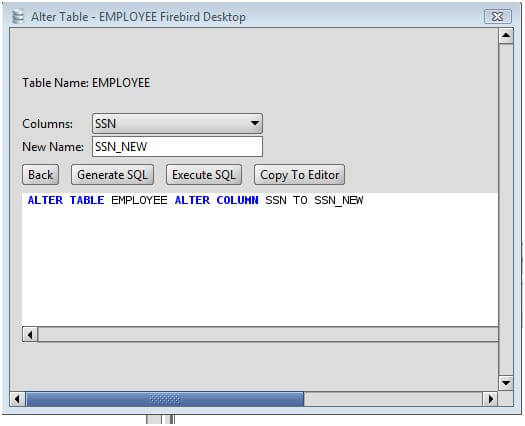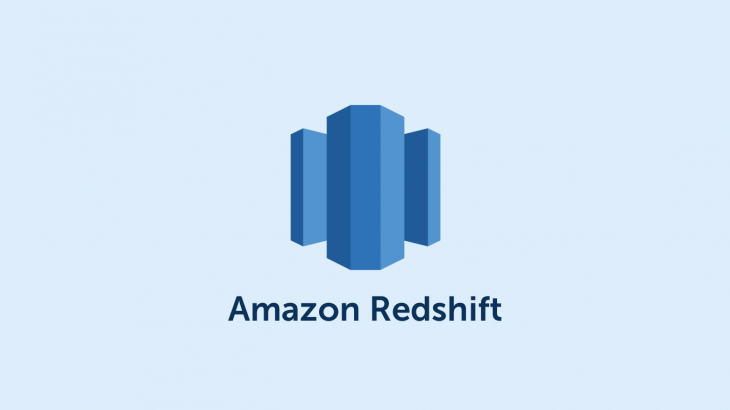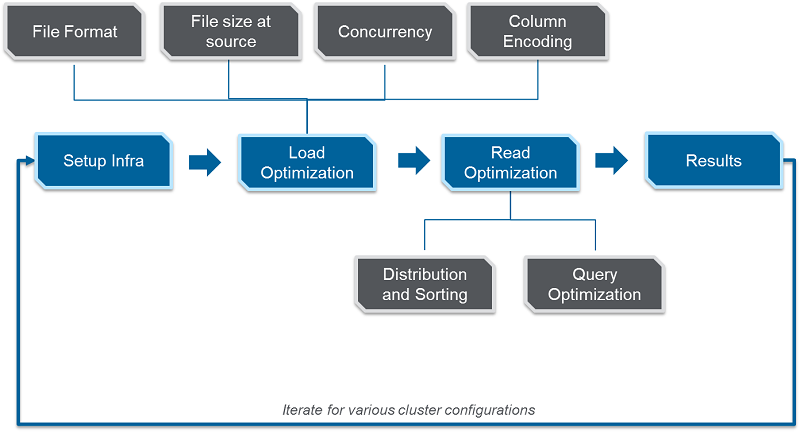

- #REDSHIFT ALTER TABLE RENAME TAKES FOREVER HOW TO#
- #REDSHIFT ALTER TABLE RENAME TAKES FOREVER UPDATE#
Then you can make the switch to the target cluster. This approach requires that any data that is written to the source cluster after the snapshot is taken must be copied manually to the target cluster after the switch.ĭepending on how long the copy takes, you might need to repeat this several times until you have the same data in both clusters. The time it takes to resize a cluster with the classic resize operation depends heavily on the amount of data in the cluster. If the resize operation is in the final stage, you can’t cancel the operation.

You can cancel a classic resize operation before it completes by choosing Cancel resize from the cluster details in the Amazon Redshift console. Rows that are marked for deletion aren’t transferred, so you need to run only a VACUUM command if your tables to resort.
#REDSHIFT ALTER TABLE RENAME TAKES FOREVER UPDATE#
When you resize a cluster, Amazon Redshift distributes the database tables to the new nodes based on their distribution styles and runs an ANALYZE command to update statistics. You can view the resize progress on the Amazon Redshift console.Īmazon Redshift doesn’t sort tables during a resize operation, so the existing sort order is maintain. When this is complete, all connections switch to use the target cluster. Then, Amazon Redshift copies the data from the source cluster to the target cluster. It does so using the information that you specify for the node type, cluster type, and number of nodes. You can keep or delete these logs as your data policies specify.Īfter Amazon Redshift puts the source cluster into read-only mode, it provisions a new cluster, the target cluster. If you have enabled audit logging in your source cluster, you can continue to access the logs in Amazon S3. When you start the resize operation, Amazon Redshift puts the existing cluster into read-only mode until the resize finishes.ĭuring this time, you can only run queries that read from the database

#REDSHIFT ALTER TABLE RENAME TAKES FOREVER HOW TO#
It does not seem like a connectivity problem since the Import Wizard to Azure was fast.Wondering how to classic resize on an Amazon Redshift cluster? We can help you.Īt Bobcares we assist our customers with several AWS queries as part of our AWS Support Services for AWS users, and online service providers. It does not seem specific to library since DBI and RODBC were slow uploading to Azure, but fast uploading to local databases. To me it almost seems like an Azure problem. RODBC library write speeds to Azure are fast (FALSE) Local (non-Azure) database write speeds as fast (TRUE)ĭBI library write speeds to Azure are fast (FALSE) SSIS Import Wizard write speeds to Azure are fast (TRUE)

Maybe I can list what I have done to get pointed in the right direction. RODBC::sqlSave(channel = conn, dat = df1e3, tablename = "MY_DEV.speed_test1") RODBC::sqlSave(channel = conn, dat = df100, tablename = "MY_DEV.speed_test1") I am testing the same thing but with RODBC as opposed to DBI # 15.04 sec elapsed Hi I would open an issue, but I am struggling to know how to know which package is the issue.


 0 kommentar(er)
0 kommentar(er)
